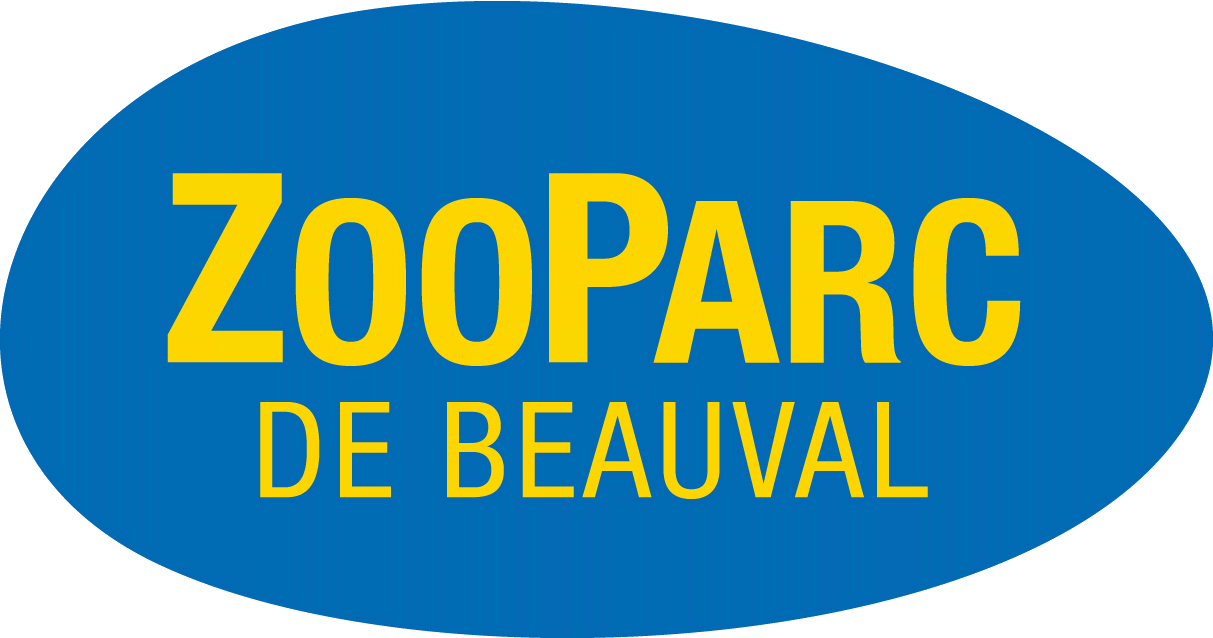top of page


Fascinated by nature and by large open wilderness, I started following snow leopards footsteps during the year 2013 by getting involved into the preservation “Panthera” created by Anne Ouvrard which is headed by the NGO called “ Objectif Sciences International” I was lucky enough to go to Kyrgyzstan two times, once in 2014 and once in 2016.
These participatory expeditions take place at the heart of a state reserve in Kyrgyzstan in the high tien Shan mountains for ten days. The objective of those expeditions is to find any evidence of this magnificent iconic animal presence ( footprints, hairs, faeces, …) which is kind of a myth as there are only a few people who have ever see one. This is enhanced by the fact that snow leopards are in the verge of extinction.
The snow leopards monitoring rely mostly on evidence of presence, on photographs taken thanks to camera traps which are sited on the most promising location. DNA based strategy study should bring more specific information about the true number of individuals to be found on the state reserve area. Do they have a specific roaming pattern of their territory ? Are the individuals blood relatives ? These are valuable information to adjust the strategy to preserve snow leopards and their prey.
The genetic studies are based on faeces samples collected on the field during expeditions that take place every year from may to september. This kind of study began few years ago thanks to a cooperation between a Canadian lab and OSI Panthera member who had a strong scientific experience. Now these experiments must be further developed in order to estimate snow leopard genetic diversity in the wild that have a highly fragmented territory and thus it is difficult for to them to meet new member of their kin. In preservation program, consanguinity is a crucial concern especially for animals in the verge of extinction. I offer to take advantage of technical skills and equipment available at the university of Poitiers, including the invaluable help that these enthusiastic students represent in order to set up genetic analyses and provide them to existing snow leopard research programs or maybe starting our own.
A pilot study is needed in order to figure out what kind of equipment is needed and what will be its cost. Yet such a pilot study can be rather expensive and I am glad to see that my students really embraced this project. I hope all this energy will have a positive outcome.
As they say in Kyrgyzstan “ Za Panthera !” which means “Go panthers !”.
Thierry Bergès, Professor of Genetics, Poitiers’ university
bottom of page







